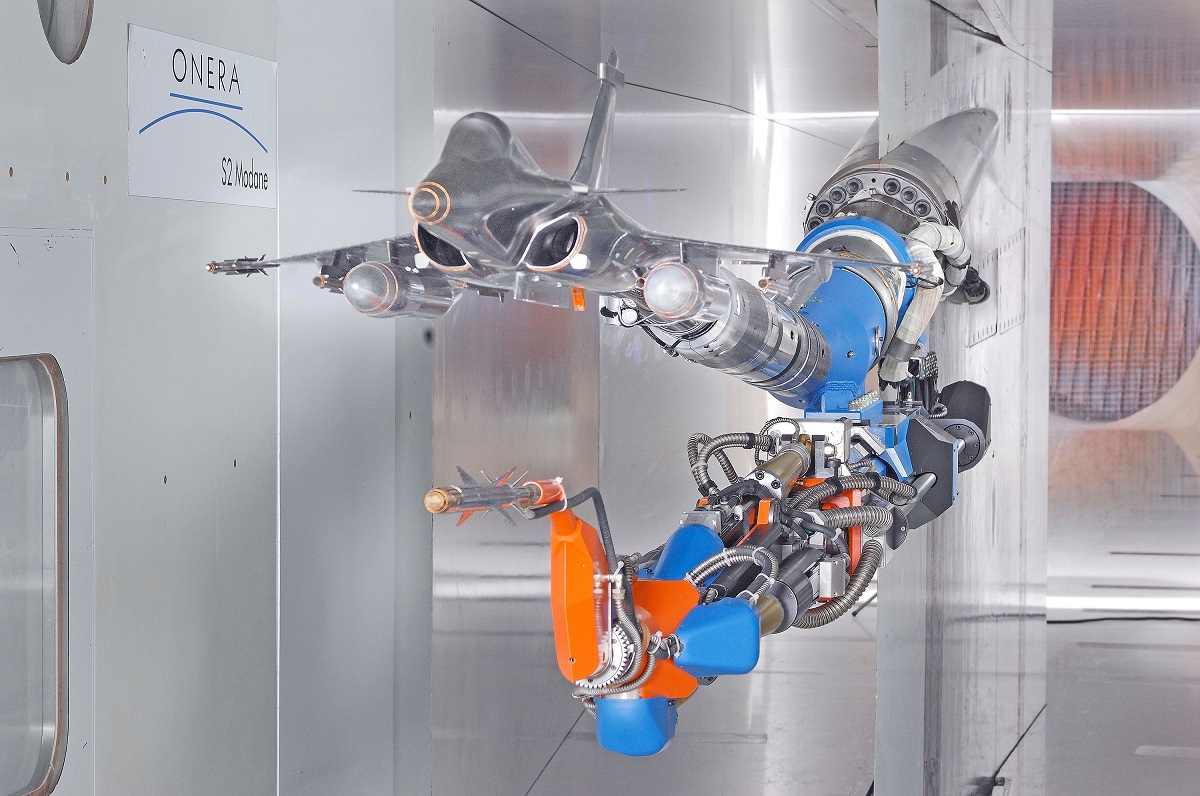SOURCE: AFI


In a significant revelation made on Thursday, S. Somanath, Chairman of the Indian Space Research Organisation (ISRO), highlighted a critical gap in India’s aerospace industry – the lack of sufficient aerodynamic testing facilities. Speaking at the SAROD 2024 event organized by the Vikram Sarabhai Space Centre (VSSC), Somanath stressed the urgent need for substantial investment to bolster India’s capabilities in this area.
Somanath pointed out that many essential tests, including jet simulations, have been conducted outside India due to inadequate local facilities, stating, “Many of the testing, including jet simulations, could not be achieved with sufficient confidence in India.” This reliance on foreign facilities for aerodynamic testing has been a bottleneck for Indian aerospace development, particularly for projects under the Aeronautical Development Agency (ADA) and Hindustan Aeronautics Limited (HAL).
The ADA, which is developing advanced aircraft like the Tejas Mk1A, MkII, Twin Engine Deck Based Fighter (TEDBF), and the Advanced Medium Combat Aircraft (AMCA), has had to send wind tunnel models abroad for testing. Countries like France and Russia, with facilities like ONERA, provide the necessary testing but are often overwhelmed with demand, leading to limited availability and scheduling issues.
Similarly, HAL’s development of the Hindustan Lead-in Fighter Trainer (HLFT-42) has faced similar constraints, requiring international testing slots that are both costly and time-consuming.
Somanath’s call for investment isn’t just a plea for more resources; it’s a strategic push towards self-reliance in aerospace engineering. : The ISRO chairman advocated for establishing facilities similar to ONERA’s large wind tunnel in France right here in India. Such a facility would not only cater to the needs of ISRO but also support the broader aerospace industry, including defense projects.
While Computational Fluid Dynamics (CFD) has improved, Somanath emphasized that physical testing in wind tunnels is indispensable. The synergy between computational and physical testing is vital for the accurate development of aerospace vehicles.
Developing these facilities domestically would reduce dependency on foreign countries, save time, and potentially lower costs. Moreover, it would strengthen India’s position in aerospace technology, fostering innovation and reducing the strategic risks associated with outsourcing critical defense R&D.